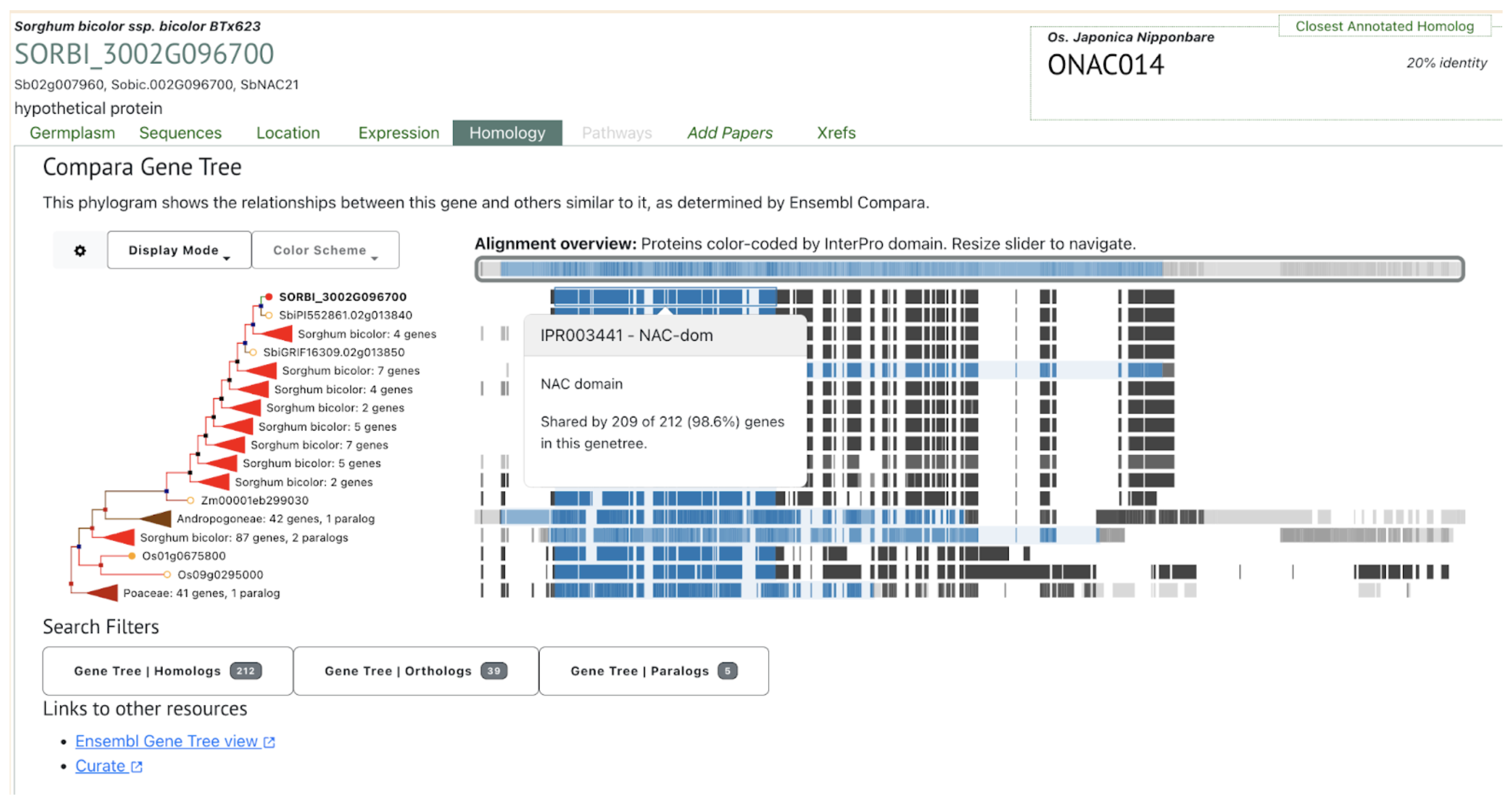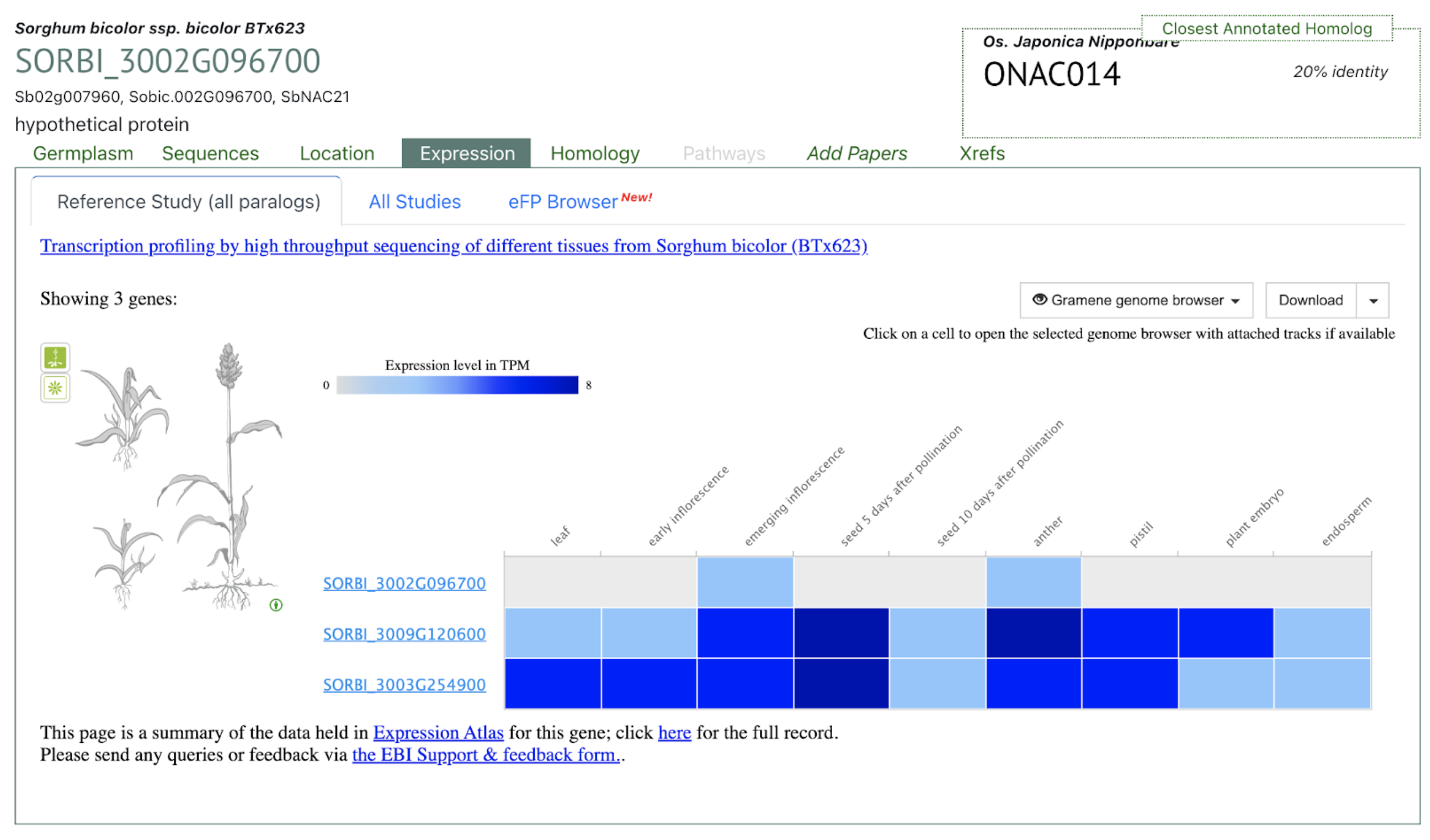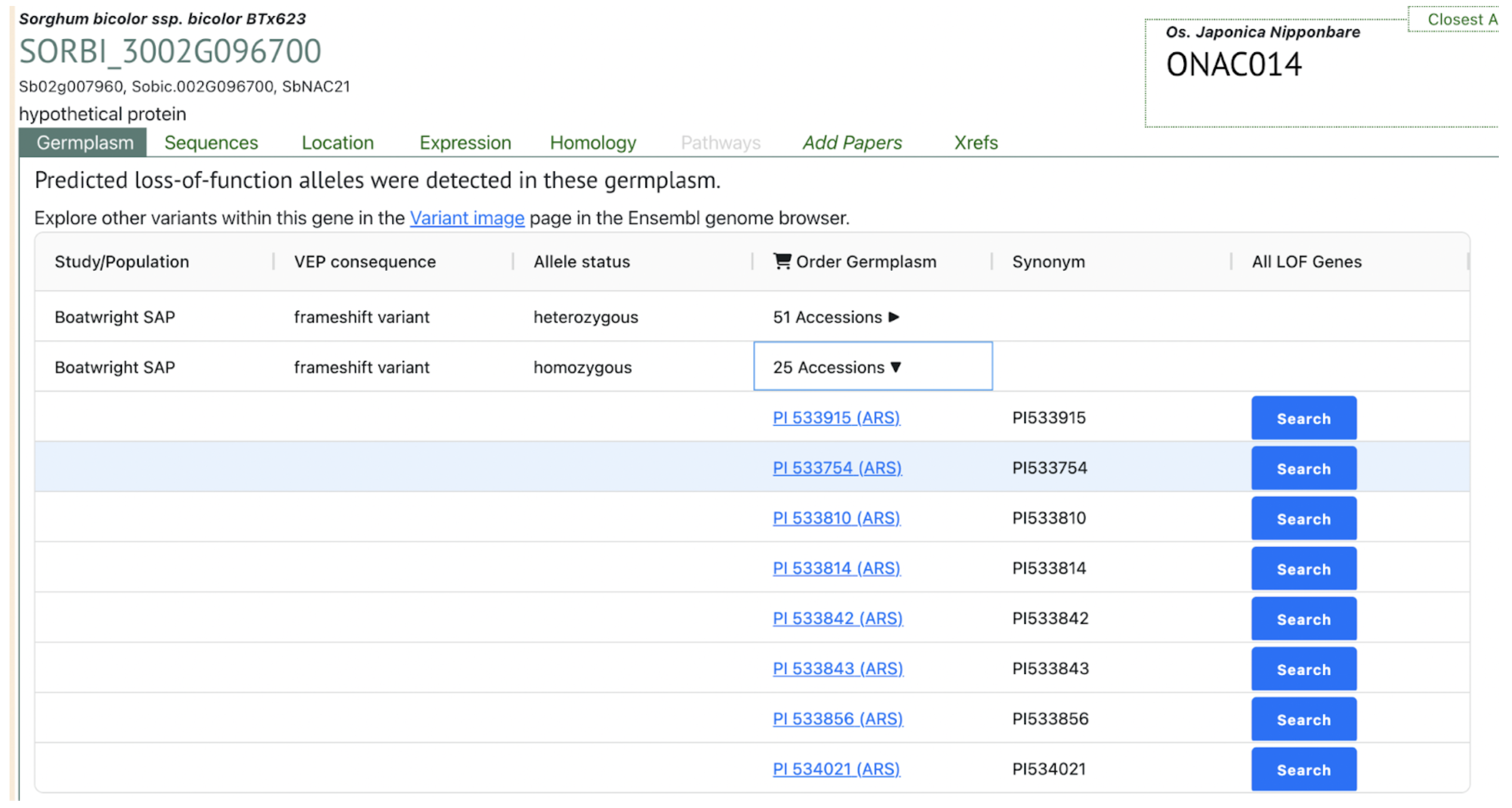ABA seed priming enhances drought tolerance in sorghum by modulating hormonal pathways and activating key transcription factors like SbNAC21-1, enabling improved stress resilience without compromising growth.
Drought stress is a critical constraint on global agriculture, accounting for substantial crop yield losses, especially as climate change intensifies water scarcity. Sorghum, a drought-resilient cereal, still experiences developmental setbacks under severe drought, particularly at the seedling stage. Abscisic acid (ABA), a key stress-responsive phytohormone, plays a central role in regulating plant responses to drought. ABA seed priming has emerged as an effective strategy to bolster drought tolerance. In sorghum, In the present study, scientists from Qingdao Agricultural University, Hainan Tropical Ocean University and Southwest University investigated the mechanisms by which ABA seed priming improves drought resistance in sweet sorghum (Sorghum bicolor Moench) seedlings and found that ABA priming enhanced photosynthetic efficiency, antioxidant enzyme activity (SOD, POD, CAT), and water-use efficiency under drought stress. Transcriptome analyses showed that while drought inhibited the expression of photosynthetic genes and promoted reactive oxygen species (ROS) accumulation, ABA-primed plants maintained higher expression of protective genes and reduced oxidative damage. Notably, ABA priming also promoted the biosynthesis of cutin and wax, essential components of the leaf cuticle that reduce non-stomatal water loss, counteracting the drought-induced decline in these protective barriers.
Furthermore, ABA priming enhanced endogenous levels of indole-3-acetic acid (IAA), a hormone promoting growth, and modulated gibberellin (GA) and jasmonic acid (JA) pathways, enabling plants to maintain growth alongside stress tolerance. Transcriptomic evidence revealed the differential expression of auxin biosynthesis and transport genes, as well as GA biosynthesis genes, supporting a hormonal crosstalk that mediates balanced growth and defense. A key regulator identified was the NAC transcription factor SbNAC21‐1, which responded to ABA and multiple stresses, enhancing drought resilience without compromising development. Overexpression studies in Arabidopsis confirmed SbNAC21‐1’s positive role in drought tolerance. These results underscore the potential of ABA priming to activate multifaceted hormonal and transcriptional networks, particularly through SbNAC21‐1, positioning it as a promising strategy for improving sorghum’s drought resilience and ensuring sustainable agricultural productivity.
SorghumBase examples:
Search with the term with SbNAC21 in sorghumbase.org returned one sorghum BTx623 gene SORBI_3002G096700.




Reference:
Luhua Y, Yu N, Chunjie C, Wangdan X, Qiaoqiao G, Xinfeng J, Shurong J, Jianfeng Y, Yanjun G. Unlocking the Synergy: ABA Seed Priming Enhances Drought Tolerance in Seedlings of Sweet Sorghum Through ABA-IAA Crosstalk. Plant Cell Environ. 2025 Apr 23. PMID: 40269610. doi: 10.1111/pce.15575. Read more